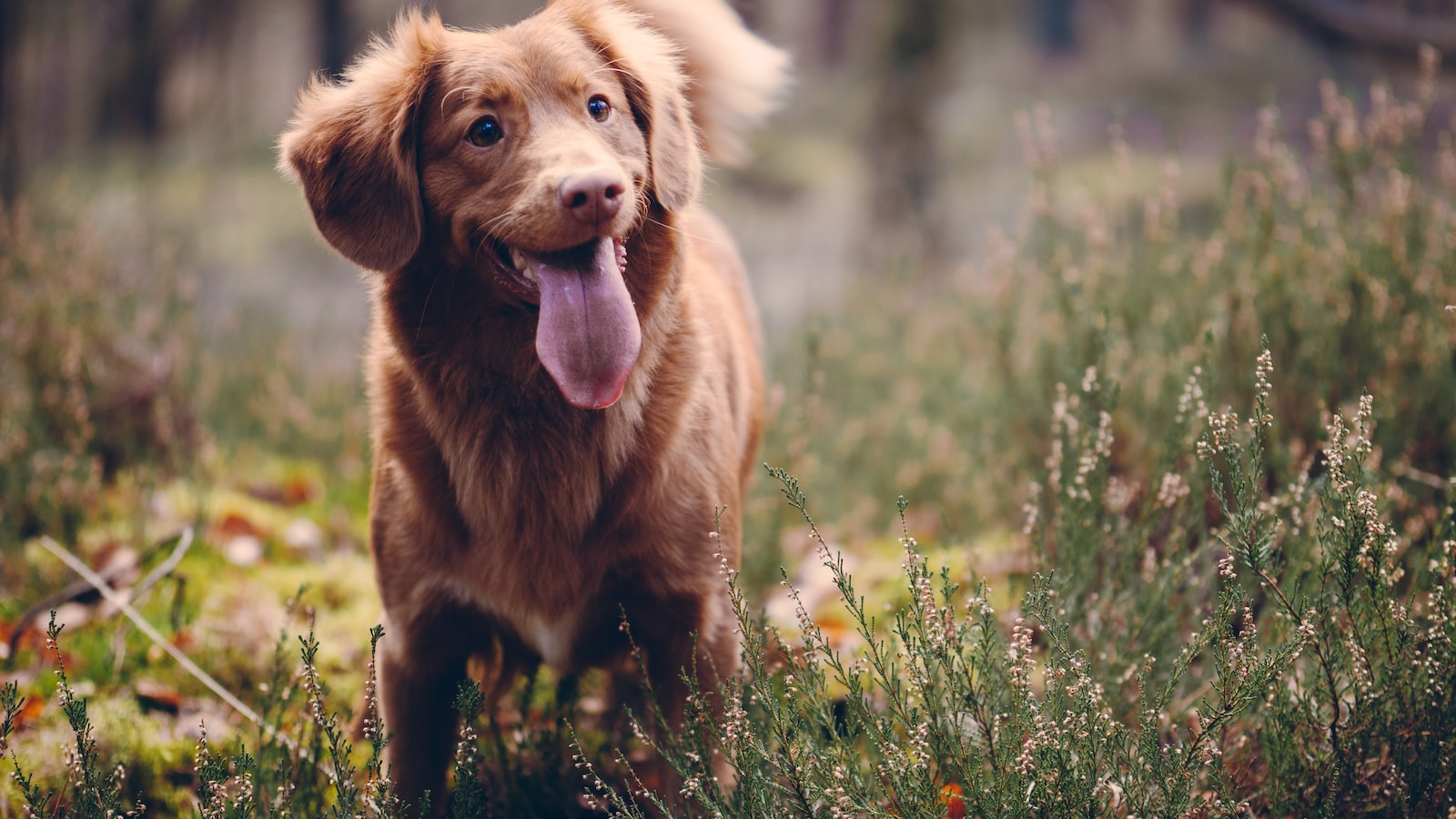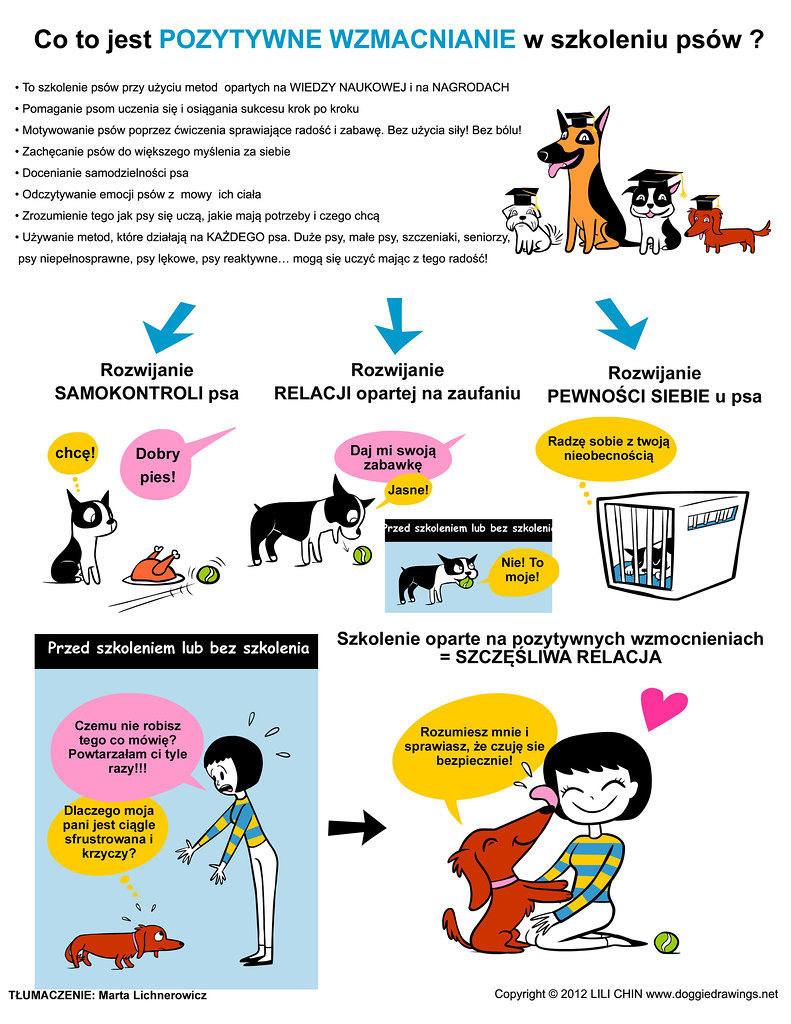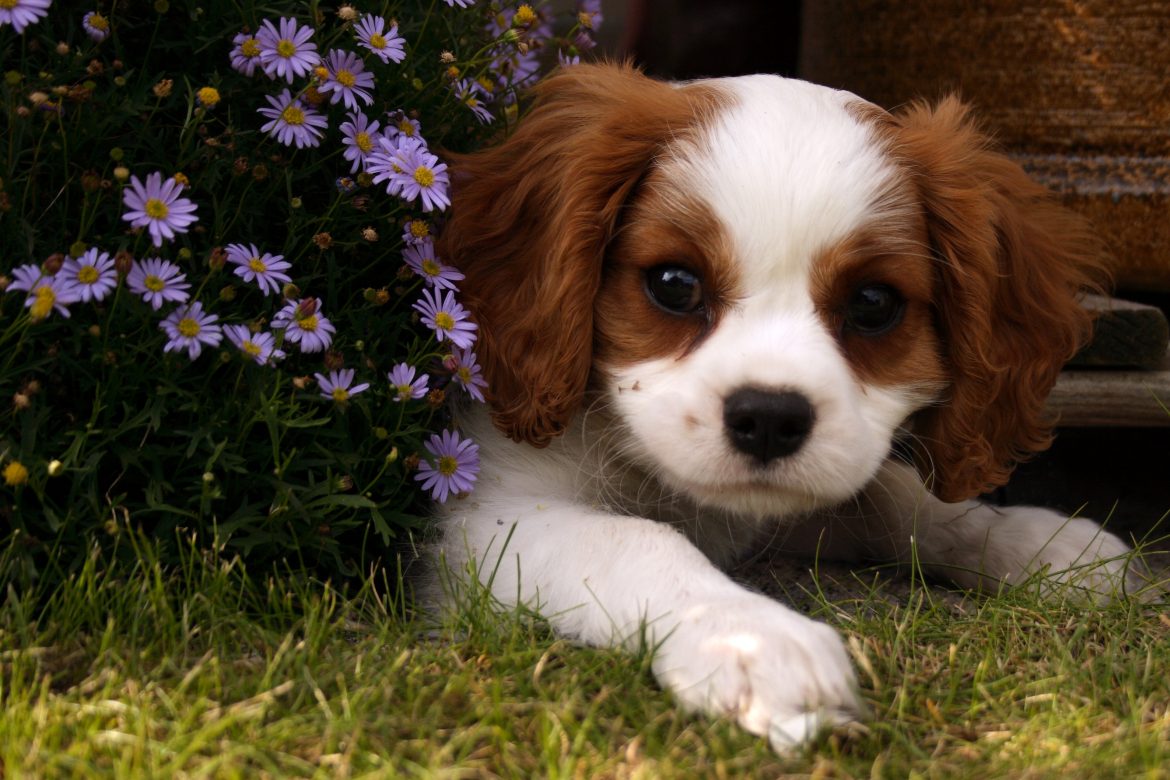In a world filled with wagging tails and adorable sloppy kisses, the occasional encounter with a dog displaying aggression can leave us bewildered and questioning the depths of their behavioral complexities. But fear not, as we embark on a quest into the heart of addressing aggression in dogs, armed with an arsenal of techniques that will transform your furry companion into the epitome of a well-behaved canine. Unleash your curiosity and open your mind to a world of understanding, as we delve into the intricacies of taming aggression and shaping the path towards harmony between man and dog. Strap on your training collar and tighten that leash, for together we embark on a journey that promises to revolutionize your four-legged friend’s disposition and restore peace in the canine kingdom.
Understanding the Root Causes of Dog Aggression: Unraveling the Canine Mind
When it comes to dog aggression, there’s often more than meets the eye. Beneath their cute exterior lies a complex and intricate canine mind. Unraveling the underlying causes of this behavior is crucial in ensuring the well-being of both dogs and their human companions.
One major trigger for aggression in dogs is fear. Like humans, dogs can feel fear in certain situations, leading them to react defensively. It’s important to identify these fear-based triggers to prevent aggressive outbursts. Another key factor is a lack of socialization during critical developmental stages. Without proper exposure to different experiences, environments, and other dogs, a dog may struggle to interact appropriately, resulting in aggressive behavior.

Harnessing Positive Reinforcement: Effective Techniques for Discouraging Aggression
One of the most important techniques for discouraging aggression is harnessing the power of positive reinforcement. By focusing on rewarding desired behaviors, rather than punishing unwanted ones, we can create a more harmonious and peaceful environment. Here are a few effective techniques to consider:
- Creating a reward system: Implementing a reward system can motivate individuals to consistently display non-aggressive behavior. This could involve providing small incentives, such as praise, treats, or even a point-based system with a larger reward at the end.
- Teaching empathy: Developing empathy is crucial in discouraging aggression. Encouraging individuals to put themselves in others’ shoes helps them understand the impact of their actions. Providing opportunities for role-playing or discussing real-life scenarios can enhance empathy and reinforce positive behaviors.
- Modeling non-aggressive behavior: Leading by example is a powerful tool in discouraging aggression. Demonstrating calmness, patience, and effective conflict resolution techniques can inspire others to adopt similar behaviors. Whether it’s through storytelling or personal experiences, sharing stories of successful resolutions can also inspire positive change.
By focusing on positive reinforcement, we can create a ripple effect, leading to a more peaceful and respectful community. Remember, fostering an environment that discourages aggression requires patience and consistency. With dedication and the implementation of these techniques, we can pave the way for a better tomorrow.
Structural Changes: Creating an Environment Conducive to Calm Behavior
When it comes to fostering a calm and harmonious atmosphere, implementing certain structural changes can play a pivotal role. By strategically modifying our surroundings, we can create an environment that effectively encourages tranquility and serenity. Here are a few suggestions on how to revamp your space:
- Consider incorporating nature elements such as indoor plants, a small water fountain, or natural lighting. These natural elements have been proven to reduce stress levels and promote calmness.
- Designate areas for relaxation and reflection. Whether it’s a cozy nook with soft cushions, a meditation corner, or a peaceful reading spot, having dedicated spaces for downtime can help individuals unwind and recharge their energy.
- Opt for a minimalist approach to declutter your surroundings. A clean and organized environment can have a significant impact on reducing anxiety and promoting a sense of calm. Remove unnecessary distractions and create a space that promotes focus and tranquility.
Incorporating these structural changes can transform your environment into a haven of calmness and peace. By harmonizing nature elements, designating relaxation areas, and embracing minimalism, you are creating a space that nurtures a sense of tranquility. Remember, small adjustments can have a profound effect on one’s overall well-being, so why not embark on this journey of creating a serene atmosphere today?
Seeking Professional Guidance: Finding the Right Training Program for Your Aggressive Dog
When dealing with an aggressive dog, it is crucial to seek professional guidance to ensure the safety of both your pet and those around them. Finding the right training program tailored to your furry friend’s specific needs can make all the difference in their behavior. Here are a few key factors to consider:
- Research and recommendations: Start by researching accredited dog trainers in your area who specialize in handling aggressive behavior. Seek recommendations from dog owners who have successfully dealt with similar issues.
- Experience and expertise: Look for trainers with extensive experience in dealing with aggressive dogs and a proven track record of positive results. Consider their background, certifications, and areas of expertise.
- Assessment and customized approach: A reputable dog trainer should conduct a thorough behavior assessment to understand the underlying causes of your dog’s aggression. They should then develop a personalized training plan to address those specific needs.
A professional training program should focus on positive reinforcement, providing your dog with rewards for good behavior while discouraging aggressive tendencies. A skilled trainer will also teach you valuable techniques to reinforce their training at home. Remember, patience is key when working with aggressive dogs, as progress may take time.
Closing Remarks
As we bid our final farewell, we hope that this enlightening journey through the world of canine aggression has left you equipped with a newfound understanding and an array of techniques to nurture a well-behaved and harmonious canine companion.
While aggression may be a part of a dog’s instinctual nature, it should never dictate their behavior nor hinder the bond we share with our loyal four-legged friends. Through patience, consistent training, and the application of proven techniques, we have unraveled the complexities of aggression and paved a path towards a brighter future for both you and your beloved companion.
Remember, addressing aggression is not a solitary battle; it requires a collective effort encompassing patience, compassion, and a zest for learning. Unleash your inner alpha and establish yourself as a confident leader, leading your canine companion towards a world devoid of aggression and filled with serenity.
With time, dedication, and a genuine desire to improve the life of your furry friend, an aura of tranquility will envelope your household, transforming your aggressive canine into a beacon of obedience and contentment. You will witness the miraculous transformation of a troubled soul into a well-mannered companion, forever grateful for the love and guidance you have bestowed upon them.
As we conclude this odyssey into the realm of addressing aggression in dogs, always remember that knowledge is power, and with great power comes great responsibility. Armed with the tools and insights presented to you, go forth and embark on this transformative journey with your canine, and may you both discover a world of peaceful coexistence that transcends all boundaries.
Addressing Aggression in Dogs: Techniques for a Well-Behaved Canine
Having a dog can bring a great deal of joy and companionship. However, when a dog begins displaying aggressive behavior, it can cause concern for both the dog’s owners and those around them. In order to help your canine friend learn how to better behave and be a well-mannered pet, there are several key techniques you should implement to help you address the issue.
First and foremost, it is important to correctly identify the cause of the aggressive behavior. If the aggression is related to fear, then it can be beneficial to take a gradual and low-stress approach to address the fear. This includes reward-based techniques, such as clicker training and positive reinforcement, which helps to build trust and create a positive association. If the cause of the aggression is dominance-related, then you may need to use alternative strategies, such as corrections, that help reduce or limit the dominance behavior.
In addressing aggression, it is also important to recognize body language and identify the warning signs that can prevent or stop an aggressive action. These signs can be as subtle as a change in a dog’s posture, such as raised hackles, or as extreme as growling or snarling. With clear warnings from the dog, you can provide a response or redirect the behavior.
It is also essential that you implement consistent and humane boundaries and rules for your canine to follow. This includes providing clear instructions that the dog can understand and be able to follow. Providing positive reinforcement for following commands will help to encourage the dog to continue doing so. With these boundaries in place, the dog will know what is and isn’t acceptable behavior.
If the dog has a history of aggressive behavior, it is also important to consider professional help to ensure the safety of those around the dog. This may include seeking the help of a canine behavior specialist, such as a dog trainer, dog behaviorist, or veterinarian. These professionals can help provide individualized assessments and dog behavior plans tailored to the dog’s specific needs, as well as provide support to the owners in teaching the dog how to behave appropriately.
Overall, addressing aggression in dogs is an important step in creating a well-behaved canine companion. By understanding the source of the aggression, recognizing warning signs, implementing boundaries and rules, and seeking professional help if necessary, you can work with your pup to make sure they’re an appropriate and enjoyable pet.





